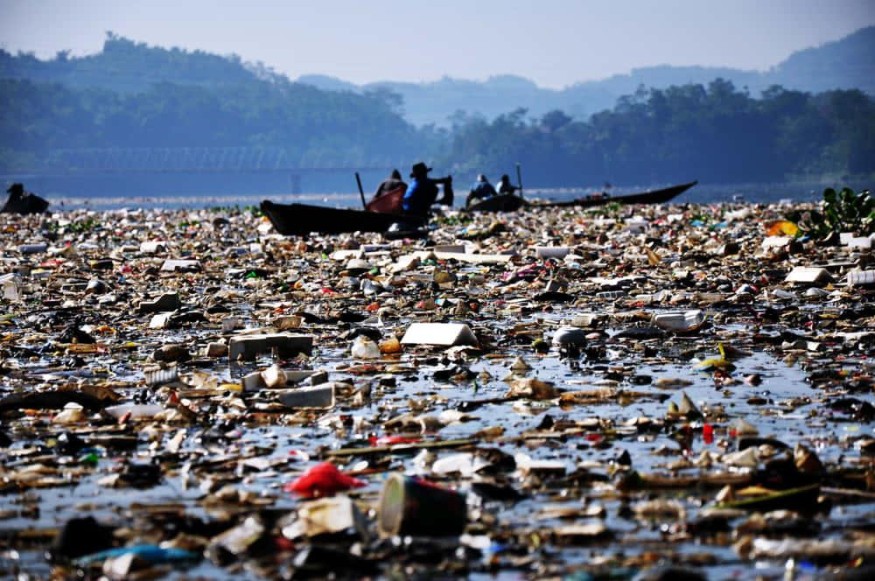
Water conservation has become an increasingly relevant topic in recent decades owing to a combination of factors including population growth, climate change, and water scarcity.
What is meant by the term "water conservation"?
Water saving refers to the reduction in water usage through the implementation of various practices, technologies, and policies. This is a crucial aspect of sustainable water management, especially in areas experiencing water scarcity, drought, and other water-related challenges. The concept of water conservation acknowledges the finite nature of water resources and the need to conserve them for future generations.
In addition to these, there is growing recognition of the economic benefits of water conservation. By using water more efficiently and reducing waste, it is possible to conserve water resources, protect water-dependent ecosystems, and reduce the energy and infrastructure costs associated with water supply and treatment. Moreover, water conservation can lead to cost savings for households, businesses, and governments.
Examples of insufficient attention to water bodies by countries
Water bodies such as lakes, rivers, and oceans are essential resources for life on Earth. Despite their importance, many governments around the world have failed to adequately protect and preserve these vital ecosystems.
It is appropriate to mention the Ganges River, which has become heavily polluted due to the discharge of sewage from hundreds of industries into the river as well as destructive human activities. Hindus consider the Ganges a holy place, and people come here by the millions to bathe, purifying themselves from sin. However, they also throw objects into rivers, which are often treated with chemicals or contain plastic and non-degradable substances. In addition, Hindus often place the remains of cremated individuals or the bodies of small children in the river. All of these factors have polluted the river, which is now considered one of the most heavily polluted rivers in the world.

Another example is the Chitarum River in Indonesia, which is currently considered the most polluted river in the world due to the rapid industrialization of the country. Waste from most industries falls into the river without any treatment, resulting in sections of Chitarum being so polluted that the water in some places is not in contact with the air, and the garbage completely covers the water body. Thus, Chitarum has become a real garbage river, and locals continue to use it for cooking watering plants, and meeting household needs.
Venezuela is another country where the water crisis has been strongly felt, with a significant decline in the country's water quality over the past two decades. The water that is delivered to homes suffers from quality, color, odor, pressure, and quantity problems, resulting
The above-mentioned examples show the consequences of inadequate state action, and the impact of the water crisis on the ecology, economies, quality of life of people, and preservation of ecosystems in regions.
These are the only three best-known examples of environmental hotspots related to water. In reality, this is dozens of times more. More environmental hotspots were found on the EcoHubMap website. There are a few fields of hotspots connected to the water: water conservation, lakes, ocean, and drying.
From the top menu of the website, select a country and then select one of the water fields or go straight to the list of environmental hotspots.
What steps should be taken to change the situation for the better?
Conservation of water resources may be considered one of the most pressing problems of our time. One of the key ways to conserve water resources is their efficient use. It is necessary to minimize water loss during transport and use and to use more efficient irrigation and irrigation methods that consume less water. In addition, it is important to improve water quality and prevent water pollution by conducting regular monitoring and controlling the release of harmful substances into water bodies. An important step in water conservation is also the restoration and protection of aquatic ecosystems such as rivers, lakes, and wetlands, which are habitats for many plants and animals and are important elements of biodiversity. By planting trees and counteracting deforestation, forest cover can be increased, which in turn helps to reduce the amount of precipitation that evaporates into the environment and conserves groundwater.
Covering this topic, it is important to mention that from the 22-24th of March in New York, there will be the conference "UN 2023 Water Conference" organized by the UN. During the conference, there will be a discussion of the "Water Action Agenda", in which global steps in water policy will be discussed in detail.
The conference will focus on various aspects of water resources such as accessibility, management, protection, adaptation to climate change, and use of water for sustainable development.
Conclusion
In summary, water saving is a critical aspect of sustainable water management, which aims to conserve water resources and promote their efficient and equitable use. It requires a multi-stakeholder approach and the implementation of various practices, technologies, and policies.
© 2026 ScienceTimes.com All rights reserved. Do not reproduce without permission. The window to the world of Science Times.










